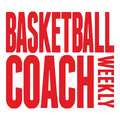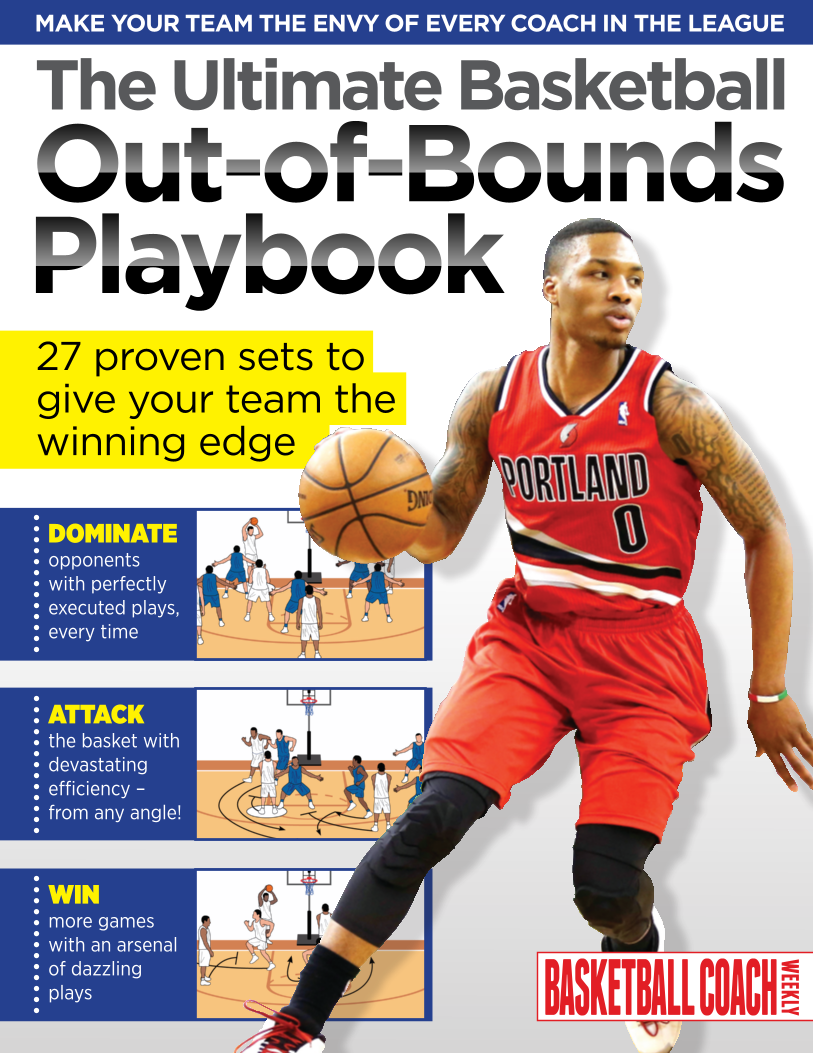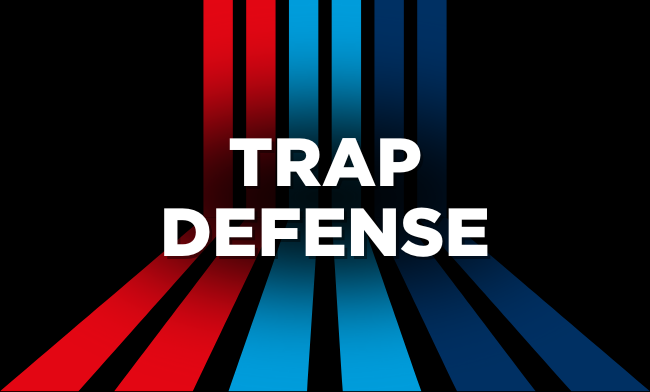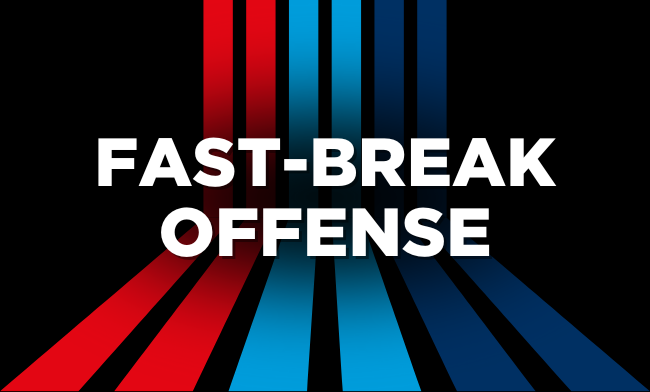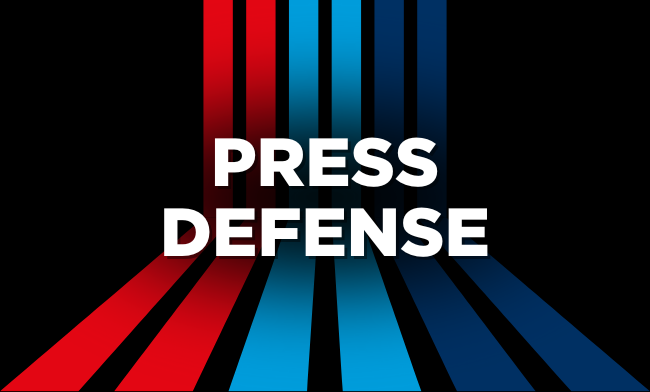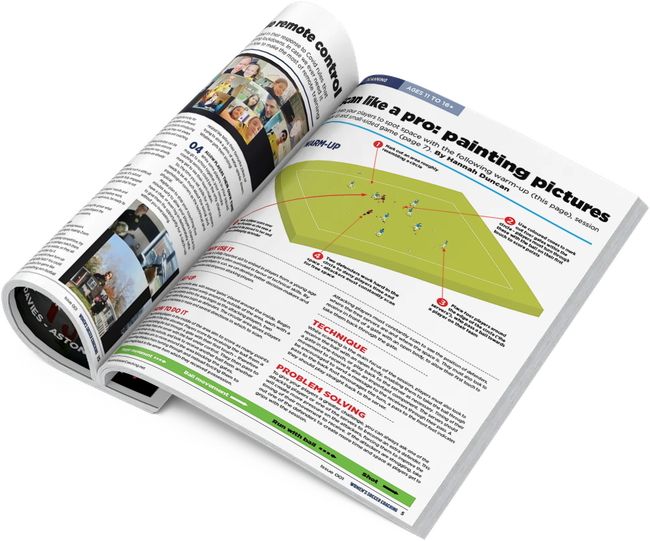The ultimate guide to screens in basketball: Ball screens, high screens, and defensive tactics
Screens, also known as picks, are one of the most fundamental team tactics in basketball. A screen involves one player positioning themselves to block a defender’s path, allowing a teammate to get open for a shot or pass. Mastering the art of setting and using screens can elevate a team’s offensive play by creating space, improving ball movement, and enabling high-percentage scoring opportunities. To be effective, screens require precision in timing, positioning, and communication between players.
This guide explores different types of screens, how to coach them, strategies for defending them, and practical drills to hone these skills.
WHAT ARE SCREENS?
A screen is a tactic where one player sets a stationary block to free another player from their defender. The screener remains in place while the player using the screen moves past it to create an offensive opportunity. The effectiveness of a screen depends on proper execution—poorly set screens can result in offensive fouls or give the defense time to recover.
HOW TO COACH SCREENING
Coaching screens requires teaching players key fundamentals:
- Stationary Position: The screener must remain still once contact is made with the defender; moving screens result in offensive fouls.
- Timing: The player using the screen must wait until their teammate is fully set before using the screen.
- Body Positioning: The screener should anticipate the defender’s movement and position themselves to block the defender’s path effectively.
DIFFERENT TYPES OF SCREENS
-
Ball Screen (Pick and Roll)
A ball screen is one of the most widely used screens. The screener frees up the ball handler, creating space to drive, shoot, or pass. After the screen, the screener may "roll" to the basket or "pop" for a shot. -
Off-Ball Screen
This screen occurs away from the ball to free up shooters or cutters. It’s especially useful for creating open shots on the perimeter or cutting to the basket. -
High Screen
A high screen is set near the three-point line, allowing the ball handler extra space to create offensive opportunities. It’s an excellent tactic for spreading the floor and creating open lanes. -
Flare Screen
The screener sets a pick at an angle away from the ball, allowing the player receiving the screen to move into open space, often for a three-point shot. -
Backdoor Screen
This screen is set behind the defender, enabling the offensive player to cut sharply to the basket, often catching the defense off-guard. -
Double Screen
Two players set simultaneous screens for a teammate, making it tougher for the defense to navigate and recover. -
Slip Screen
In a slip screen, the screener begins to set the screen but quickly cuts toward the basket before making full contact with the defender. This surprises the defense and opens up easy scoring opportunities.
WHEN SCREENS ARE EFFECTIVE
Screens are particularly effective when used as part of a broader offensive strategy. They work well against aggressive defenses or when defenders overcommit to the ball handler, as screens can exploit mismatches, force switches, or cause miscommunication. In tight late-game situations, screens are also valuable for creating much-needed space for high-percentage shots.
HOW TO DEFEND SCREENS
Teams need to know not just how to execute screens but also how to defend against them. Common defensive techniques include:
- Fighting Over the Screen: The defender stays with the ball handler by maneuvering over the screen.
- Going Under the Screen: The defender goes underneath the screen, often leaving space for the shooter but preventing a drive.
- Switching: Defenders switch players, covering the ball handler and screener effectively.
- Hedging: The screener’s defender momentarily steps out to impede the ball handler before returning to their assignment.
- Icing: This technique forces the ball handler away from the screen, usually toward the sideline or baseline, limiting their options.
DRILLS FOR PRACTICING SCREENS
To master screens, players need regular, focused practice. Below are key drills to sharpen both offensive and defensive screen execution:
-
Ball Screen Defense Drill
This drill helps defenders counter the ball screen by practicing techniques such as hedging, switching, and going over or under the screen. The drill improves defensive awareness and positioning. -
Screen Defense Drill
This drill focuses on off-ball screen defense, training players to stay alert and communicate with teammates to avoid getting caught on screens. Emphasis is placed on fighting through screens and properly switching. -
High Ball Screen Drill
This drill trains both the offensive and defensive sides of high ball screens, which are set near the three-point line. Players work on spacing, timing, and decision-making to optimize screen execution or react defensively.
COMMON MISTAKES AND HOW TO AVOID THEM
Even experienced players can make errors when setting or using screens. Some common mistakes include:
- Moving Screens: If the screener moves before or during the screen, it results in an offensive foul.
- Poor Spacing: Inadequate spacing allows defenders to easily recover from the screen.
- Mistimed Screens: The timing between the screener and the player using the screen must be in sync. Rushing the play or moving too late allows defenders to adjust.
By regularly practicing these drills and focusing on timing and positioning, players can avoid these common pitfalls.
Screens are an essential part of any basketball team’s offensive strategy. Whether setting a simple ball screen or running a more advanced double screen, these tactics help create space, force defenders into difficult situations, and generate high-percentage scoring opportunities. By mastering the fundamentals, improving defensive reactions, and practicing drills regularly, teams can maximize the effectiveness of their screen-based plays and outmaneuver their opponents.
Newsletter Sign Up
Coaches' Testimonials

John Allen, AAU National Boys Basketball Commissioner

Wade Wolff, Colfax Youth Development League
Further Reading
Newsletter Sign Up
Coaches Testimonials

John Allen, AAU National Boys Basketball Commissioner

Wade Wolff, Colfax Youth Development League
Discover the simple way to become a more effective, more successful basketball coach
In a recent survey 89% of subscribers said Basketball Coach Weekly makes them more confident, 91% said Basketball Coach Weekly makes them a more effective coach and 93% said Basketball Coach Weekly makes them more inspired.
*includes 3 coaching manuals
Get Inspired
All the latest techniques and approaches
Basketball Coach Weekly offers proven and easy to use basketball drills, coaching sessions, practice plans, games, warm-ups, training tips and advice.
We're at the cutting edge of basketball coaching since creating resources for the grassroots youth coach, following best practice from around the world and insights from the professional game.
